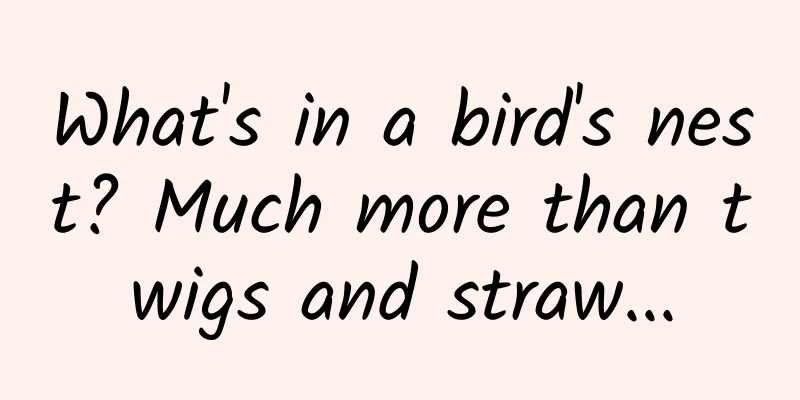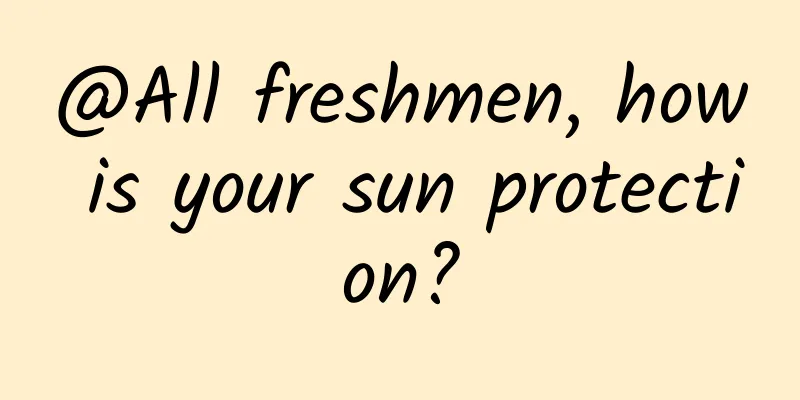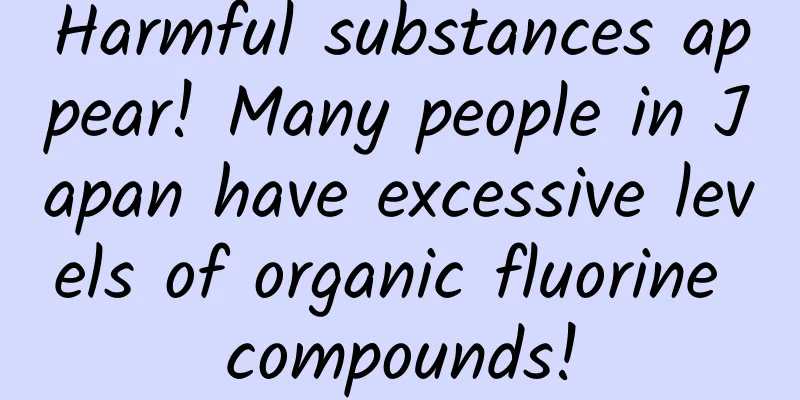What's in a bird's nest? Much more than twigs and straw...

|
What are bird nests usually made of? Twigs and straw? More than that. Almost anything unexpected can become part of a bird's nest, including sunglasses, plastic flowers, condoms, car wipers - even envelopes that once contained the drug cocaine . Biologist Auke-Florian Hiemstra has encountered these strange things while observing bird nests. He has long been accustomed to these man-made objects, but a magpie's nest still completely exceeded his expectations: this bird's nest was made of bird-proof thorns! The bird-repellent spikes used to fight birds were actually used as nests by magpies | Auke-Florian Hiemstra In other words, humans' attempts to drive away the birds have suffered a major failure : the rebellious magpies were not scared away by the sharp thorns, but instead tore them off and used them to build their own houses. The Revenge of the Birds Bird-proof spikes are a product designed specifically to repel birds. People often install them on the roofs and window sills of buildings. On the base of a slender strip, it extends many sharp metal spikes upwards - all to prevent birds from landing and building nests . Bird spikes installed on the edge of a building | Luigi Chiesa/Wikipedia This time, these bird repellents were fully utilized by magpies. This peculiar bird's nest appeared in Belgium. The inner layer is ordinary branches and clay, but on the outside of the natural materials, it is tightly wrapped with 148 bird-proof thorns - these bird-proof thorns add up to a length of 50 meters, with a total of about 1,500 spikes protruding outward , just like a cyberpunk metal hedgehog. On the roof of the building next to it, the anti-bird spikes on the side closest to the nest were almost completely missing, leaving only traces of adhesive, while the anti-bird spikes on the other sides remained intact. From this, it seems that the magpie in question must have used local materials and took the initiative to tear off the anti-bird spikes on the eaves and take them home. Sulphur-crested cockatoos have been photographed tearing off bird thorns, and magpies are likely to do the same | ViralHog In subsequent investigations, researchers found several more examples of using bird-proof spikes to build nests, and the owners of the nests included not only Eurasian magpies but also small-billed crows. These birds belong to the Corvidae family , and they are known for their strong adaptability. Hiemstra believes that these nests are a "gorgeous revenge" against humans : "We made these materials specifically to drive them away, but they used them to build nests and gave birth to more birds in them." Researcher Hiemstra poses with a rebellious magpie nest. After the breeding season, he collects the unused nests | Auke-Florian Hiemstra Internal reinforcement and external defense Although it may seem overly punk, using bird-proofing thorns to build nests has practical advantages, and crows and magpies use bird-proofing thorns in different ways. The crows seem to use the spikes primarily to reinforce their nests . In the crows' nests, the artificial spikes point inward and intertwine with each other, which should provide a better fixation than branches. A crow's nest with spikes facing inwards | Garry Bakker Magpies, on the other hand, place their bird-proof spikes outward, turning them into defensive weapons to protect their young . To prevent other birds from attacking from the air, magpies often build nests with "roofs" and side openings. They will selectively place bird-proof spikes on the "roof" to further increase their defense capabilities and prevent other birds from approaching - this usage is exactly the same as humans use to drive away birds . The magpie nest is highlighted on the roof with a bird-proof thorn-proof design | Max Crawford In the natural environment, magpies would have chosen branches with thorns to strengthen the defense of their nests. However, humans do not like to plant thorny plants, and such branches may be difficult to find in cities, so it is more convenient to tear off the anti-bird thorns directly . On the other hand, long and dense artificial metal thorns may also be more effective than natural materials. Helpful or harmful? The use of artificial objects in bird nests is already widespread: a recent review of studies found that artificial objects have been observed in the nests of 176 species around the world, on every continent except Antarctica . A weaver bird weaves Barbie's hair into its nest | Richard Van Schalkwyk/Facebook While using man-made objects can sometimes benefit birds, it also poses many safety risks . For example, some male birds use brightly colored plastic waste to attract females, but these overly eye-catching materials can also attract predators . Cigarette butts are also used by birds to build nests. Although these cigarette butts can help repel parasites, the harmful substances in cigarette butts also increase the proportion of abnormal chromosomes in young birds. In addition, plastic ropes and fishing nets replace plants to strengthen bird nests, but on the other hand, these overly strong fibers can easily entangle young birds and kill them . Bird's Nest with lots of cigarette butts | National Autonomous University of Mexico The strange man-made nests are a reminder of how much the environment has changed for birds because of human development. Faced with an urban environment lacking plants, full of garbage and restrictions, birds use bird-proof thorns to build bunkers, which is just a reasonable counterattack . “I’m definitely rooting for these birds and cheering for them and happy that they’re fighting back a little bit,” Hiemstra said in an interview. “They deserve a place in the city, just like us.” References [1]https://www.hetnatuurhistorisch.nl/fileadmin/user_upload/documentsnmr/Publicaties/Deinsea/Deinsea_21/Deinsea_21_17_25_2023_Hiemstra_et_al.pdf [2]https://onlinelibrary.wiley.com/doi/full/10.1111/jeb.12531 [3]https://theconversation.com/we-found-176-bird-species-using-human-made-materials-in-their-nests-new-research-209351 Author: Window Knocking Rain Editor: Mai Mai Image credit: Richard Van Schalkwyk/Facebook, National Autonomous University of Mexico This article comes from GuokrNature (ID: GuokrNature) If you need to reprint, please contact [email protected] Welcome to forward to your circle of friends |
<<: Homemade pickles, raw pickled seafood, etc. are healthy and delicious? Homemade food has risks
Recommend
Which herbal medicine is better for removing warts?
Warts are a very common disease in daily life. Th...
The efficacy and function of tendon vine
Nowadays, our living standards are constantly imp...
Suitcases "fall from the sky"! Don't do this, it's too dangerous!
Recently, a woman in Hangzhou, Zhejiang, placed a...
Side effects of lingzhi tablets
People who take medicine frequently know that all...
The efficacy and function of large tiles
For many Chinese people, traditional Chinese medi...
How to take Snow Lotus?
Speaking of snow lotus, everyone is familiar with...
The doctor said: Don’t do these 4 things, otherwise you will have another cerebral infarction!
Master Li had another cerebral infarction. This w...
FIS: Global Payments Report 2021
FIS released its 2021 Global Payments Report, wit...
The efficacy and function of dried molasses
Many people choose dry molasses because of its hi...
Family members, please don’t put milk in the refrigerator door grid!!!
The refrigerator is a great invention. By throwin...
Top 15 B2C e-commerce companies in the United States in 2011
Recently, the ranking of the top 500 B2C e-commer...
How to combine Polygonum multiflorum and sesame to treat gray hair
The pace of life is constantly accelerating, and ...
The efficacy and function of blunt-leaved grass
Bluntleaf herb is a relatively familiar tradition...









